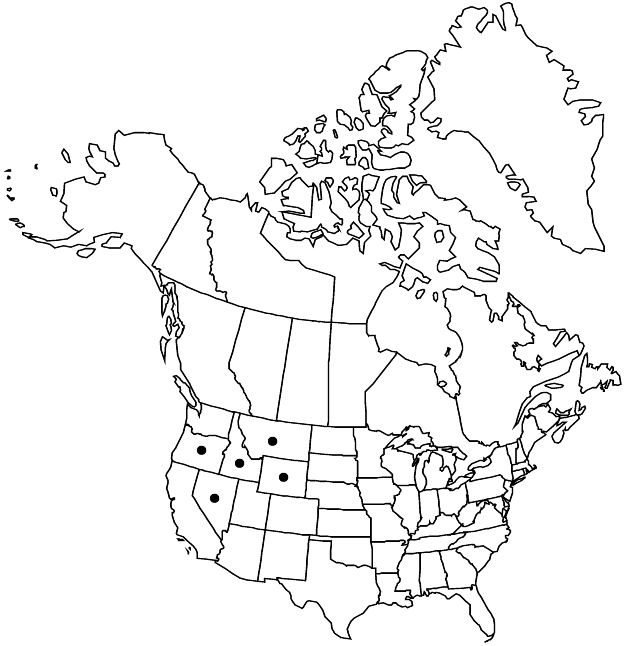Difference between revisions of "Potentilla brevifolia"
in J. Torrey and A. Gray, Fl. N. Amer. 1: 442. 1840.
FNA>Volume Importer |
imported>Volume Importer |
||
| (3 intermediate revisions by 2 users not shown) | |||
| Line 1: | Line 1: | ||
{{Treatment/ID | {{Treatment/ID | ||
|accepted_name=Potentilla brevifolia | |accepted_name=Potentilla brevifolia | ||
| − | |accepted_authority=Nuttall | + | |accepted_authority=Nuttall |
|publications={{Treatment/Publication | |publications={{Treatment/Publication | ||
|title=in J. Torrey and A. Gray, Fl. N. Amer. | |title=in J. Torrey and A. Gray, Fl. N. Amer. | ||
| Line 37: | Line 37: | ||
-->{{#Taxon: | -->{{#Taxon: | ||
name=Potentilla brevifolia | name=Potentilla brevifolia | ||
| − | + | |authority=Nuttall | |
| − | |authority=Nuttall | ||
|rank=species | |rank=species | ||
|parent rank=section | |parent rank=section | ||
| Line 52: | Line 51: | ||
|publication year=1840 | |publication year=1840 | ||
|special status=Endemic | |special status=Endemic | ||
| − | |source xml=https:// | + | |source xml=https://bitbucket.org/aafc-mbb/fna-data-curation/src/2e0870ddd59836b60bcf96646a41e87ea5a5943a/coarse_grained_fna_xml/V9/V9_282.xml |
|subfamily=Rosaceae subfam. Rosoideae | |subfamily=Rosaceae subfam. Rosoideae | ||
|tribe=Rosaceae tribe Potentilleae | |tribe=Rosaceae tribe Potentilleae | ||
Latest revision as of 22:55, 5 November 2020
Basal leaves: petiole 1–4 cm, eglandular hairs absent or sparse, spreading, less than 1 mm, weak, glands abundant. Flowers: epicalyx bractlets lanceolate-elliptic to ovate, 2–4 × 0.8–2 mm; sepals 3–5(–7) mm, apex broadly acute to obtuse; petals 3.5–6.5 × 3–5 mm; filaments 1–2.5 mm, anthers 0.5–0.6 mm; carpels 10–15. Achenes 1–1.5 mm.
Phenology: Flowering summer.
Habitat: Moist rocky slopes and talus, alpine grassy areas, subalpine conifer woodlands
Elevation: 2500–3600 m
Distribution

Idaho, Mont., Nev., Oreg., Wyo.
Discussion
Potentilla brevifolia is found mainly in alpine situations in the Pioneer, Sawtooth, Smoky, and White Cloud mountains of central Idaho; the Madison Range of western Montana; the Jarbidge Range of northeastern Nevada; the Blue, Steens, and Wallowa mountains of eastern Oregon; and the Teton Range of northwestern Wyoming. The elongate caudices are easily covered by moving soil and talus.
Selected References
None.